Delaware River set to go dry, if impasses holds
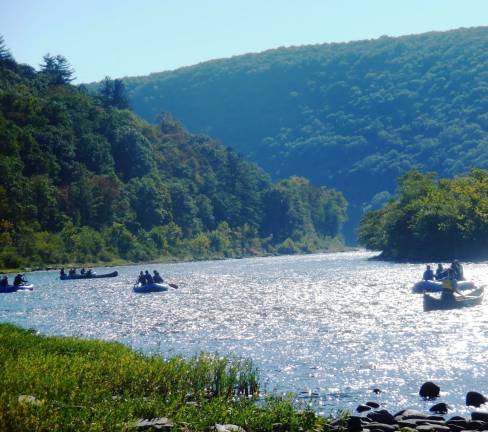
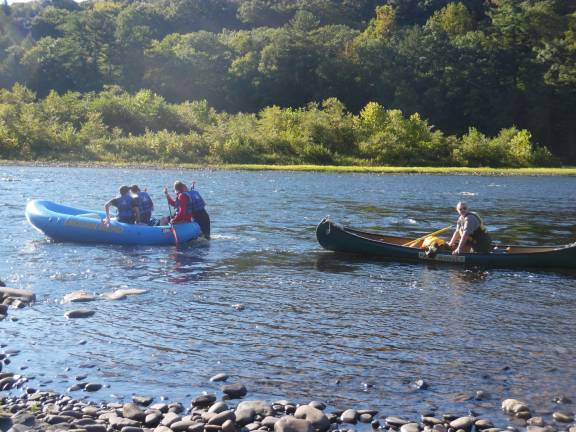
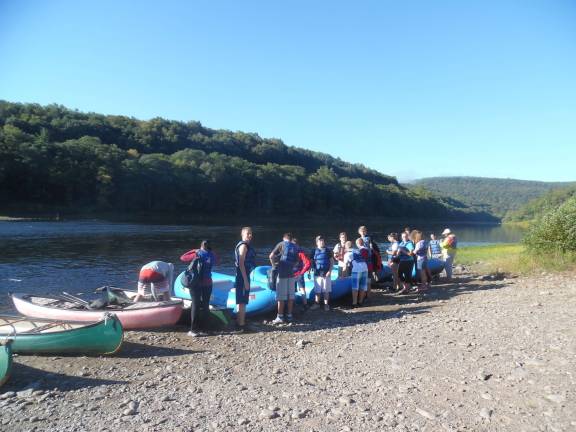
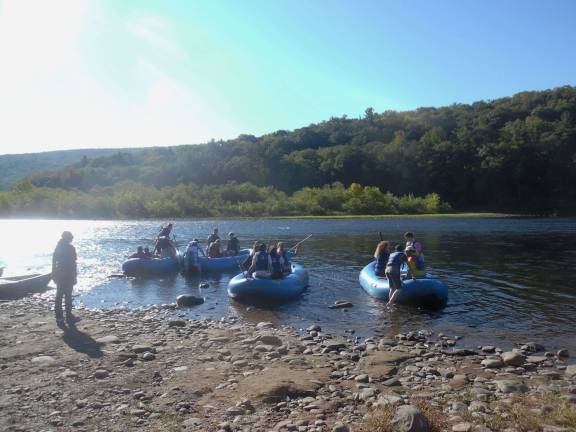
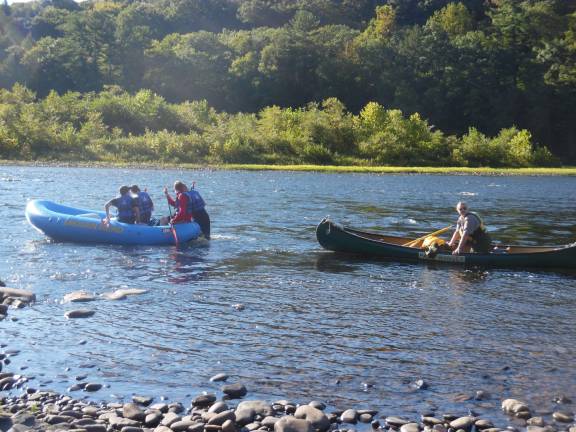
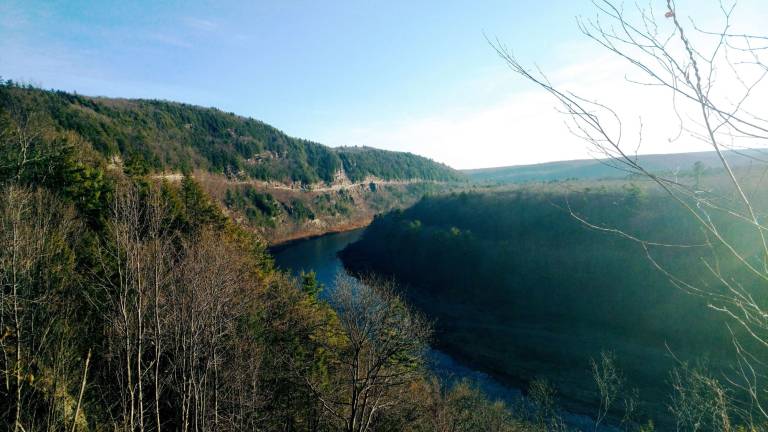
By Anya Tikka
MILFORD — A water-flow crisis poses an existential threat to the anglers, boaters, and businesses invested in the Upper Delaware as a recreational river.
Flows may be reduced by up to 38 percent of current flows, according to the Upper Delaware Council, a partnership of local, state, and federal governments and agencies.
The Flexible Flow Management Program, which regulates drinking water withdrawals by the five members of the Delaware River Basin Commission (DRBC), is about to expire. In a continuing battle over allocations, New Jersey says it will not renew this year unless New York City gives up some of its water, which it shows no sign of doing.
Dave Jones, the owner of Kittatinny Canoes, said the matter is, for him, not only a business matter but a very personal one.
“I grew up on the river," he said. His canoe livery has bases in Milford, Dingman, Pond Eddy, Matamoras, and Barryville, Pond Eddy.
"We’ve been fighting forever," he said. "DRBC don’t care. The system is fraudulent.”
The management program regulates cold water releases from upland reservoirs, which keep the river healthy. Those releases mainly benefit the upper basin. Its fisheries, distinctive ecology, and outdoors tourism depend on them.
When releases go down, water levels in the river fall, harming fish and other wildlife, and the residents along the river corridor.
“If they don’t come to an agreement, the impact would be enormous downward to our business," said Amy Salvia, who owns Indian Head Canoes, which has bases in Barryville, Pond Eddy, Sparrowbush, and Matamoras. "I think it would have an immediate impact as weather patterns bring in the dry season in summer. It will be so hard for our customers, who will be stuck on the rocks in the middle of the river all the time.”
Perhaps counter-intuitively, flood risk goes up when water isn't released. An already near-full reservoir needs only one hit by a major storm to cause a superflood, like the one that devastated the valley in 2006.
The river rose 30 feet during that flood, Salvia recalled.
"It moved out and killed everything on its way," she said. "I’ve attended meetings and tried to impress them on this, but they seen don’t seem to care. They just care about their personal agenda."
The management program was mandated by the Supreme Court in 1954 to serve Delaware, New Jersey, New York, Pennsylvania, and New York City. Because of contention among members, the agreement is extended on a yearly basis. All the parties have to sign on for the agreement to hold.
All the member states are fighting over water, Salvia said.
"New York City is rolling in money, she said. "The water is so clean and pure. The river is for their water supply. They have their own agendas. They’ve not reached an agreement in six years, just extended it on yearly basis. This time, New Jersey is not going to extend.”
The deadline passesWednesday night's deadline passed without an agreement, leaving the Upper Delaware to an uncertain future. The program is set to automatically revert to a 1983 decision that allows decreased releases.
Laurie Ramie, executive director of the Upper Delaware Council, shared a letter the council sent to member states warning that the failure to renew would cause "dire consequences" to the ecosystem, economy, people, and private property of the Upper Delaware.
"Gov. Cuomo made a river visit last year," said the letter, sign by James A. Greier, chair of the Upper Delaware Council. "Imagine if Governor Cuomo returned next year to find the river reduced to a virtual trickle.”
Kris Heister, superintendent of the Upper Delaware Scenic and Recreational River, noted that the National Park Service is not a DRBC member-state, and is represented instead by the Upper Delaware Council.
“I think if New Jersey doesn’t agree it has the potential to affect the dwarf wedge mussels, a federally endangered species," said Heister. "We see yo-yo floods because of the way the water is released. We don’t really know what is going to happen. We are hopeful they will reach an agreement.”
Jones of Kittatinny Canoes believes the authorities want to flood the river basin to expand the flood plain. He also believes the big environmental organizations don’t care about the people who live on the river or have businesses here.
“If the river floods, it affects people," said Jones. "Our property values will decrease. The economic impact on the region is huge. The clean river brings in the visitors.”
“We went to so many hearings and meetings," he continued. "New York City wants more water. This is our local economy. This is not good for anyone in this valley. We rely on the river for recreational use and fisheries. New York City leaks more water than we give it. They want all the water they can get."
In Jones’ view, the whole system has to be redrawn, including getting rid of the DRBC.
“We tried everything," he said. Something has to be done. We’re tired of being flooded. We experience wild fluctuations, flooding because of the irregular water releases. Local people have no idea of how important this is.”
He said it's all still hard for even him to believe.
"We have been given a chance to speak but it’s not been heard,” he said. “The target flow is totally inadequate by the decision of the Supreme Court. If we revert to the 1980 decision it would kill many fish. Pleas fall on deaf ears.”